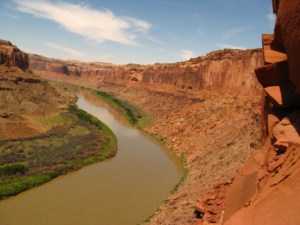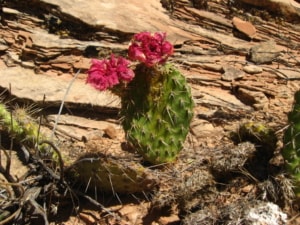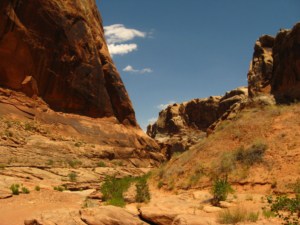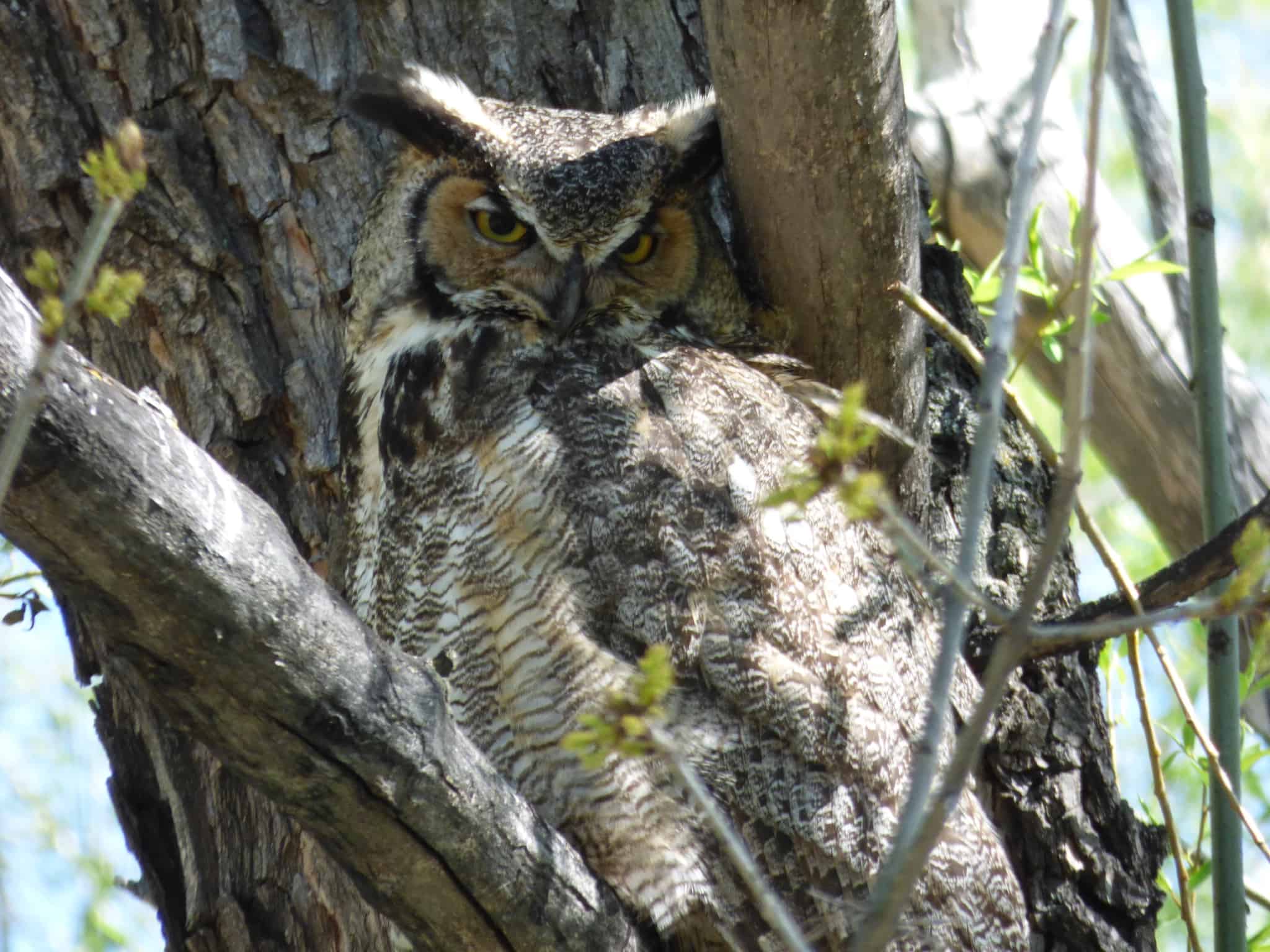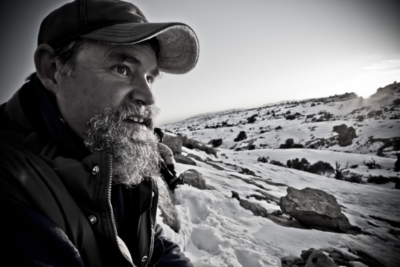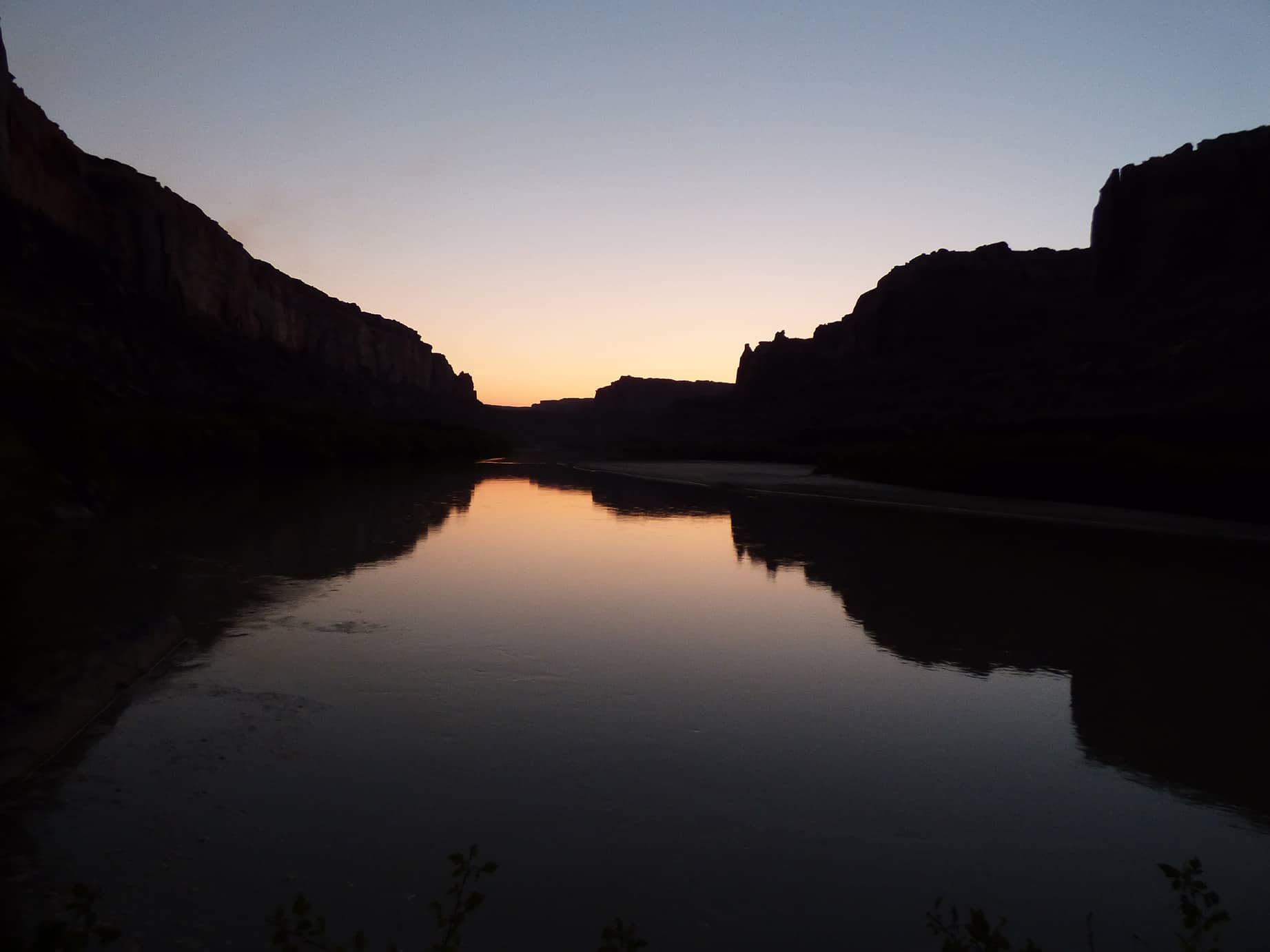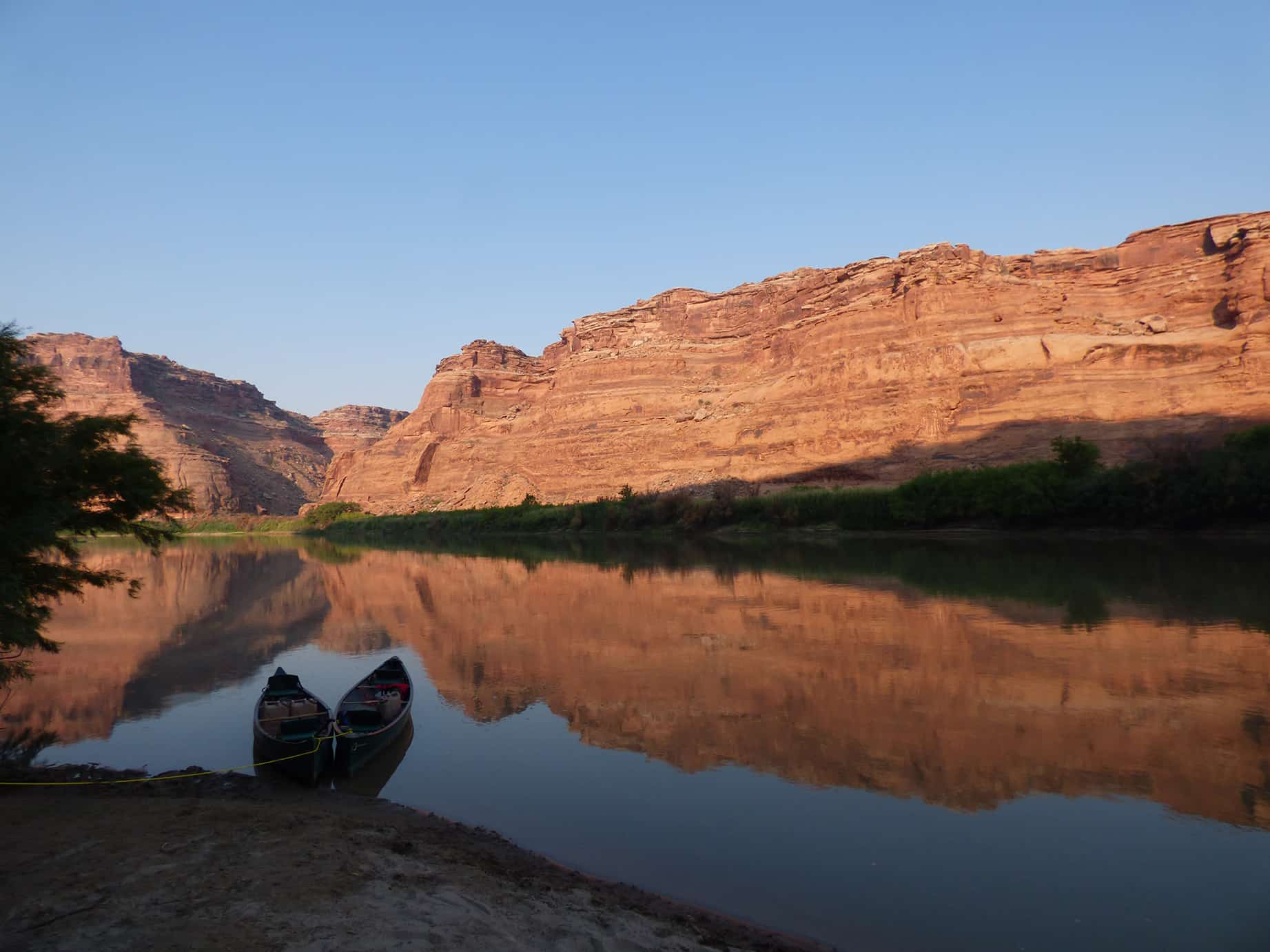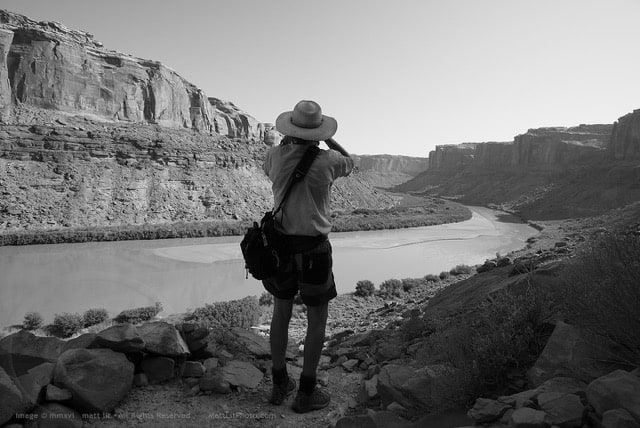What is the difference between the adrenaline-stirring adventures that we love—like rock climbing, kayaking, and skiing—and what we call “natural disasters”? How do urban botanic gardens differ from the most remote meadows of Rocky Mountain National Park where wildflowers paint the landscape?
Our love for adventure revolves around a subtle distinction between what Timothy Morton articulates as Nature and nature. The capital “N” represents our conceptualization of the natural world as an entity apart from ourselves, while its non-capitalized foil represents the natural world that is all around us, from downtown Denver to the most desolate alpine slopes and arid deserts. Even those of us who live and work primarily outdoors can fail to notice this distinction in our daily lives.
Morton’s Nature embodies designated, compartmentalized spaces where we go to experience the natural world. These include heavily-national parks, urban or neighborhood green spaces, gardens, zoos, and recreational lakes. We sometimes have to pay to enter these spaces. When we stay at a campground for a long weekend, we are paying money in exchange for an experience that will bring us closer to Nature.
On the other hand, nature embodies those spaces in addition to the aspects and areas of the natural world that we do not typically seek out, or that we view as harsh. This includes the alpine tundra, unpleasant human encounters with animals such as bears or sharks, desert heat, avalanches, and naturally occurring forest fires.
Not many of us go out of our way to encounter these parts of the natural world, and for good reason: the forces of nature are powerful, and oftentimes dangerous to human life. It is for our own safety and peace of mind that we fence off nature into tame, accessible, and attractive spaces of Nature. In Nature, humans are outside observers of the natural world; in nature, we are subject to all of the laws and dangers of the natural world, just the same as any insect or animal.
The Green River carves a path between these two concepts. It begins in on the eastern slopes of the Wind River Mountains in Wyoming, travels forty miles through northwestern Colorado, and travels its final 450 miles through Utah. The river ranges from 100 to 300 feet wide in its upper course, and from 300 to 1500 feet wide in its lower course, and ranges from 3 to 50 feet in depth throughout. It carries from 380 to 68,100 cu ft/s depending on the season and stretch. As a popular destination for experienced boaters and casual campers alike, it flows peacefully and powerfully through the canyons of the high desert, and allows adventurers to enjoy a relaxing and rapid-free journey on its waters.
But don’t be fooled—a journey down the Green is not for the faint of heart. With only one dam restricting its flow, the Green is, for most of its course, a wild river. Particularly in the summer, adventurers can face a handful of adverse conditions: flash flooding as a result of desert storms, 30 mile-an-hour winds that set off clouds of dust, limited shelter and shade, persistent mosquitos and other not-so-friendly creatures, and scorching highs in the sunny afternoon paired with chilly lows when the sun goes down.
From 1992-2012, the number of annual visitors to Canyonlands National Park, through which the lower Green River flows, has more than doubled. The National Parks collectively have seen a 14.5 billion-visitor increase just in the last year: indeed, more people than ever before are seeking out nature as opposed to Nature. This means that more and more people are able to form a deep connection with the natural world in an authentic setting.
The Labyrinth stretch of the Green River serves as the perfect space to experience the wonders of the desert. It is a place where the line between Nature and nature is blurred: Where we can observe the beauty of the natural world firsthand in an extreme climate while reminding ourselves how powerful it truly is.
Where do you experience the line between Nature and nature? Tell us in the comment section below.
For more on Timothy Morton’s analysis of Nature versus nature, please find his book The Ecological Thought here.


